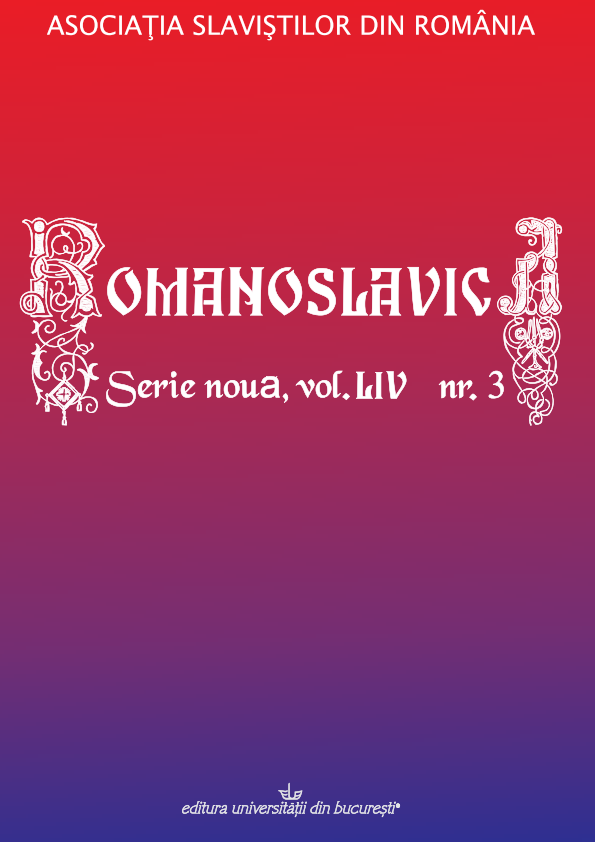Language contact and onomastics: tautological constructs, folk etymologies and some methodological issues
Language contact and onomastics: tautological constructs, folk etymologies and some methodological issues
Author(s): Doris K. KyriazisSubject(s): Lexis, Comparative Linguistics, Philology, Turkic languages
Published by: Editura Universităţii din Bucureşti
Keywords: language contacts; onomastics; tautological constructs; folk etymology;
Summary/Abstract: In multilingual environments, where different languages are being spoken, a stratification of onomasiological material is observed, and it takes either the form of parallel names of the same reference object or in the form of a tautological construct which is usually a name in nominative and a name in genitive and rarely a consequence of two names in nominative/accusative. For instance, in the coastline of South Albania the meaning ‘cape’ is expressed by place names Gjuhëza, Hunda, Hostoni, Kortiri, Χαλί, Narta, Karaburuni, Kepi i Gjuhë(zë)s), Πούdα του Χαλίου, Hunda e Hostonit, Kapo Qefali, etc. In this way we can observe how Albanian (gjuhëz ‘little tongue, hundë 'nose'), Greek (κεφάλι ‘head, cape’, doriac dial. χαλίον, χωστόν), Slavic (Nartë / Artë/ ελλ. Άρτα< rьtь 'κάβος, προεξοχή, ύψωμα'), Italian (punta 'nose', capo 'head'), and Turkish (kara-burun 'big noise’). These tautological pairs exist in a diachronic level, because the speakers can not synchronically recognize the meaning of the second part, so they give it a new meaning and need to add a new word, which they have on a synchronic level. As a rule, the first, younger part, comes to restore the semantic gap. The folk etymology serves this «reestablishment» (see the placename Soroniá (Σορωνιά) 'forest of oaks', analyzed as σωροί εννιά ‘nine mounts’, as well as the name place Fitore '(alb.) victory', which is re-interpreted in Greek as Φυτώριο ‘seedbed’). Can the above material be exploited to make chronological evaluations? Trying to reply this question we shows and discuss certain methodology issues as well as stress the need of a combines interdisciplinary approach of onomastic data.
Journal: Romanoslavica
- Issue Year: LIV/2018
- Issue No: 3
- Page Range: 161-170
- Page Count: 10
- Language: English

